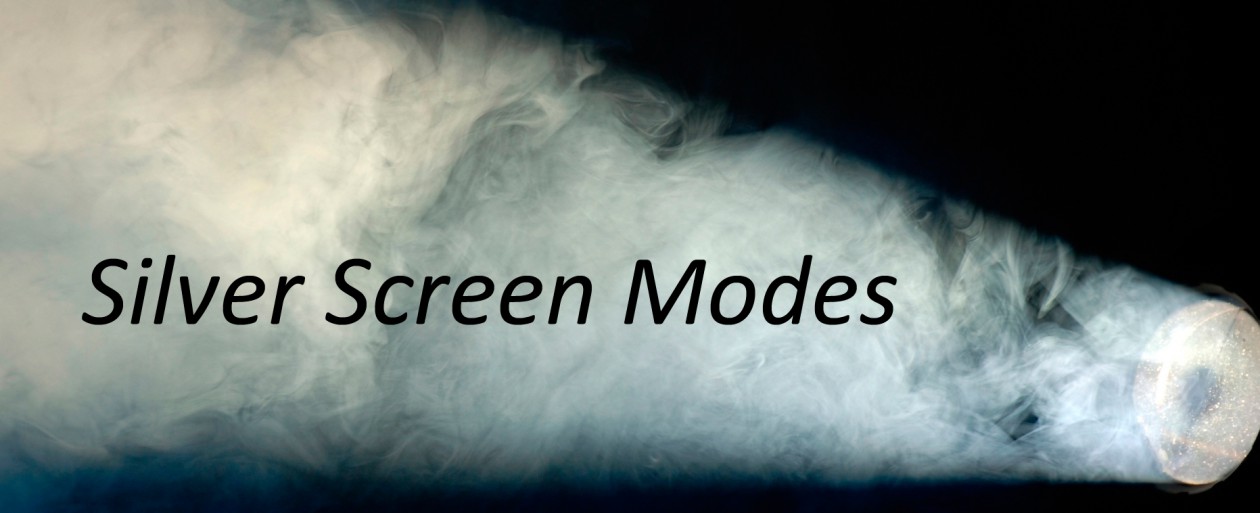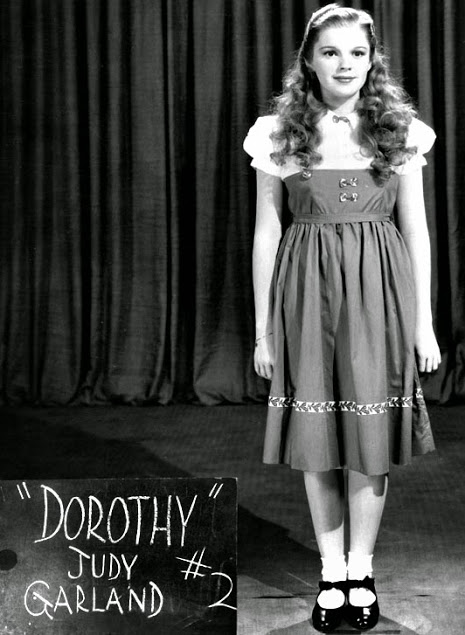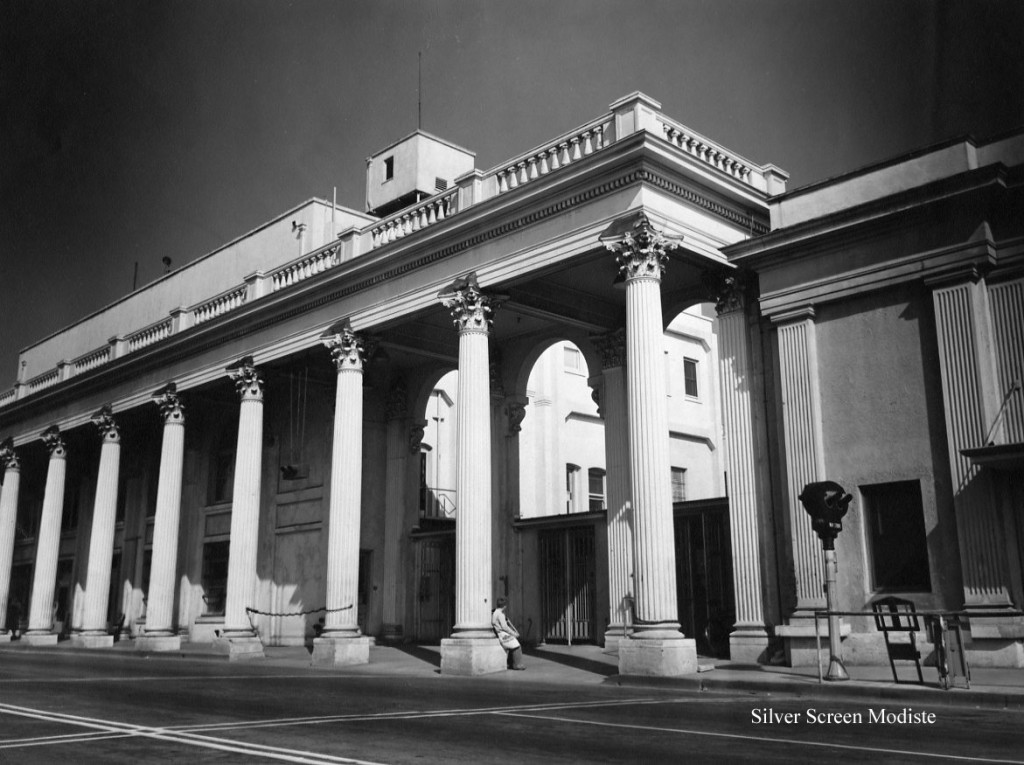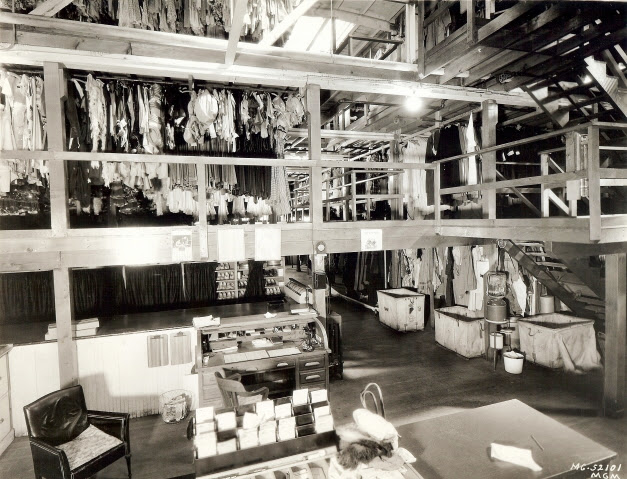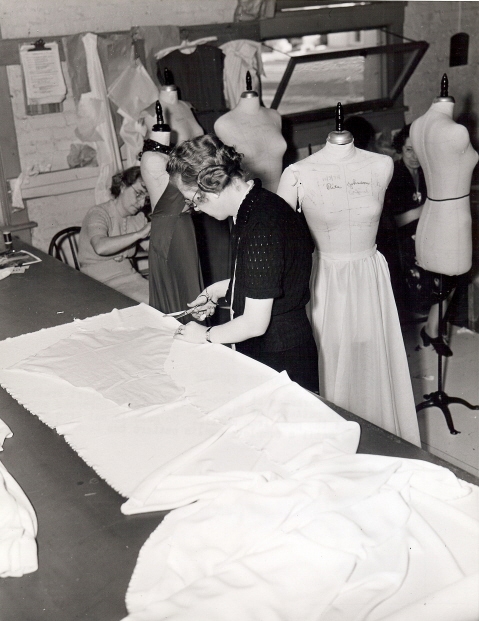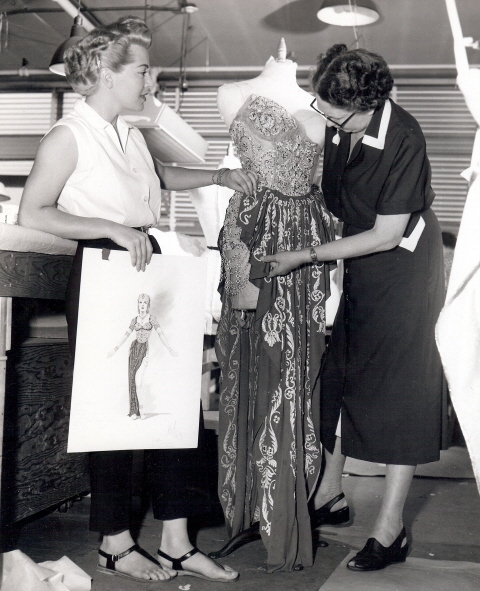The Wizard of Oz movie had its 75th anniversary in August 2014, and to commemorate the milestone, Warner Brothers re-released this classic in 3-D. For the occasion the movie was digitally re-mastered, and for the IMAX and 3-D release, each frame of the film print had to be depth-mapped and rotoscoped to maximize the viewer experience. In this post the movie’s production is summarized and the backstory on the costume designs is brought to life here. This post will cover the Adrian-designed costumes for The Wizard of Oz, and the fabrication and wearing of the costumes and the related make-up of the actors. These relics from the movie have since reached celestial values. If you’re old enough, like me, you will probably wish you had attended that historic MGM auction in 1970 to buy them when they were relatively cheap. Although the Ruby Slippers at the auction, popularly thought at the time to be the only pair, did sell for $15,000. This was the highest price for any MGM auction item. Their story since the movie was made in 1938-39 is itself fascinating. But as Glinda the Good Witch says, “It’s always best to start at the beginning.”
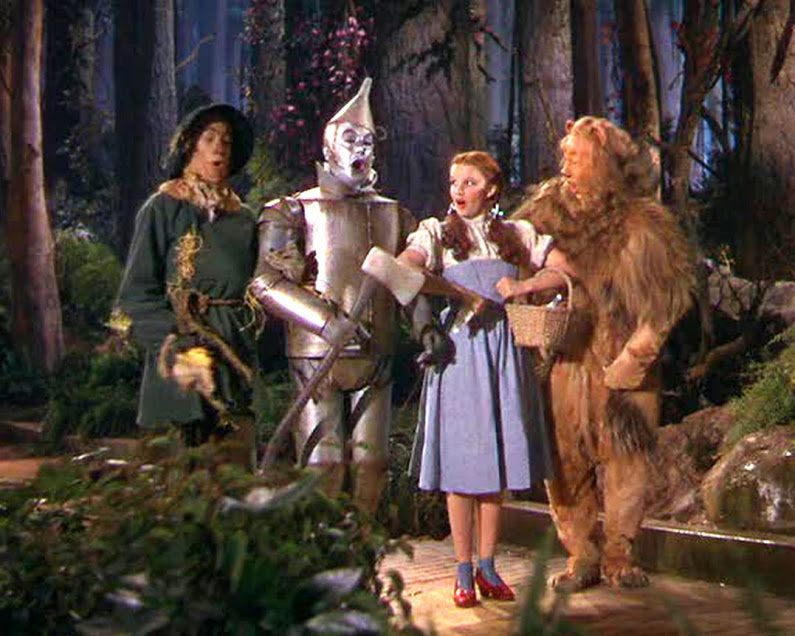
The movie is based on the classic book published in 1900, The Wonderful Wizard of Oz, written by L. Frank Baum and beloved by children long before it became a movie. It had in fact already been made into two previous movies, one in 1910 and another in 1925 which starred Oliver Hardy as the Tin Woodsman. It had also been a popular Broadway musical in 1902 that toured the country. In all these versions, although the story might change, the look of the characters and the costumes were based on the original W.W. Denslow illustrations for the book.
In 1935 Samuel Goldwyn bought the movie and stage rights, but never produced anything. But after Walt Disney’s Snow White and the Seven Dwarfs became a big hit in 1937-1938, the children’s fantasy became a hot property again. MGM bought the rights from Goldwyn and began producing the classic in 1938. Eyeing its potential, MGM would spare no expense in the production.

Mervyn LeRoy was assigned to produce the movie, with Richard Thorpe as the original director and Adrian creating the costume designs. Although Shirley Temple was considered ideal for the role of Dorothy, it was MGM’s own Judy Garland that got the job, and in the end it was a perfect choice. Some of the key characters began with different actors in the roles: The Tin Woodman started out with Buddy Ebsen playing the part, and indeed he was a unique dancer. The Wicked Witch was to be played by Gale Sondergaard. But early in the shooting with Buddy Ebsen, the aluminum powder on his face gave him a very serious lung problem from breathing the metallic makeup. He was hospitalized and subsequently replaced by the Vaudevillian and movie actor Jack Haley. Adrian dressed Gale Sondergaard in the iconic black gown and hat, although both pieces were adorned with sequins. Gale looked just too glamorous, and pretty, despite her make-up. A “hag” type look was deemed more suitable, and the strong-featured Elizabeth Hamilton was selected instead, her image exaggerated with facial prosthetics and green make-up. Although Ebsen was then considered to play the Scarecrow, it was Ray Bolger that got the part, a rubber-legged song and dance man ideal for the part.
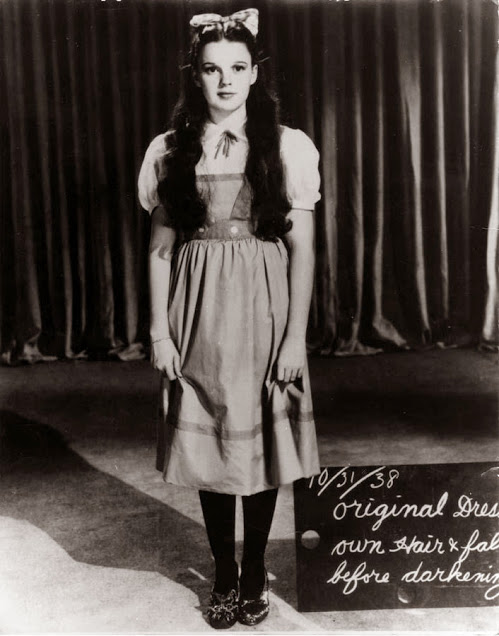
Judy Garland as Dorothy wore only one dress for the entire movie. Still, it took several tries before that one dress was decided upon. One dress design was in a light blue color with no trim, another had gingham trim at the bodice and skirt, still another was a darker solid blue with tiny bows on the bodice. Judy’s hair color and style also varied in the early tests, from red to blond to her final auburn color. After a couple of weeks of filming, the results didn’t satisfy Le Roy, and so he replaced Richard Thorpe with George Cukor, who because of his prior commitment for directing Gone with the Wind, was only temporary. Victor Fleming would succeed him as director of The Wizard of Oz. As it turned out, Cukor would in turn be replaced by Victor Fleming as the director of GWTW. Thorpe’s chosen look for Dorothy was also changed, this in favor of the classic Adrian design of a blue and white checked pinafore with the off-white puffed-sleeve blouse. Judy’s long curled wig was also eliminated. It had been an attempt to hide her breasts (Dorothy was a young girl in the book, Judy was 17), which was accomplished by wearing a flattening bra, just one of the uncomfortable costumes worn by the cast.
The photo below shows Judy in the classic pinafore, with Toto. It was the first color scene in the movie, just as they enter Oz and she exclaims, “Toto, I have a feeling we’re not in Kansas anymore.”
Oz was one of the big Technicolor movies. The use of this filming method created several difficulties. Technicolor cameras were owned by the Technicolor company, and their use was tightly controlled. Colors had to be approved by the Technicolor consultant, which drove Adrian mad due to the costume color modifications that had to be made. White did not work at all due to the strong glow it gave. Thus Dorothy’s white blouse had to be dyed to produce a sort of dirty white. Technicolor also required very bright lighting, so banks of overhead arc-lights were used, as many as 150 on the biggest sets. This created intense heat which exhausted the actors in their heavy costumes and make-up. Ironically, this same intensive lighting requirement for Technicolor has made it feasible to render the movie into 3-D.

Glinda (the Good Witch) is played by the wonderful Billie Burke. Adrian designed his favored shoulder-emphasis in her gown, with the pouffed shoulders actually resembling wings. In the book Glinda wore a white gown decorated with silver stars. Instead Adrian had to change the white to a dusty rose color in order to satisfy the demands of the Technicolor company.
And then there were the Ruby Slippers. They serve a key role in the plot and are one of the most iconic costume pieces in cinema history. In Baum’s book The Wonderful Wizard of Oz, Dorothy’s shoes are silver. Adrian thought that red shoes would have more pizzazz in the Technicolor film, and would help to emphasize their importance to the story. Several types of red shoes were tested, including one pair with the curled-up toe that was called, the “Arabian slippers.” Adrian believed that only red sequins gave the right sparkle. So now finding the right method of attaching sequins to shoes was experimented with. The shoes were not built from scratch. The pumps with their French heels were purchased from the Innes Shoe Company of Los Angeles, Hollywood, and Pasadena, in several pairs, and reportedly dyed red. Several pairs were necessary in order to account for wear and tear and a pair for Judy’s stand-in. In the MGM Wardrobe Department, embroiderers sewed red sequins (nearly 5000 sequins) onto shoe-formed red sllk georgette, which was then sewed onto the red faille pumps. Somewhat later Adrian added the red bugle beaded and rhinestone jeweled bow which was also sewn onto each shoe of the regular pairs. Scarlet-colored felt was also glued onto the soles of some of the ruby slippers, most notably those seen on the dead Wicked Witch of the East, and the soles of others were painted red. The blue silk socks were also a great addition, especially as compared to the dark knee socks previously tested. The Ruby Slippers have their own crucial role as Dorothy is told by Glinda to tap her heels together three times and say, “There’s no place like home.” in order to return.
The Tin Man was costumed in close proximity to the book’s illustrations, as was the Scarecrow except for the blue color of his jacket. Neither tin nor metal was actually used, but rather a starched and lined buckram, which was a common material used in making durable book covers. This in turn was painted silver. Jack Haley’s make-up was made up of a layer of cold-cream, white foundation, and then aluminum paint. This was modified from the disastrous first version used with Buddy Ebsen. Ray Bolger’s make-up for the Scarecrow was a partial rubber mask to simulate burlap. He went through dozens of these masks during the course of production. His costume was a green jacket and brown pants, stuffed at several places with raffia to resemble straw. Every couple of days these costumes had to be cleaned by a process of hand-sponging them during the evening, if not replacing them altogether.

The Cowardly Lion in the book was indeed a lion, so the costume was made of real lion skins and mane. Projecting ears were added, and Bert Lahr wore a prosthetic lip and jowls, and separate lion mittens. The costume also had interior padding, which made it weigh about 50 pounds. The tail was manipulated during the filming by a wire attached to a sort of fishing rod, handled by a crewman from above. All the heavily made up and costumed characters suffered because of the heat. Bert Lahr complained the most, saying he could only eat his lunch using a straw.
As a starting point, the Art Department envisioned the world of the tiny Munchkins as being close to the ground. Thus Adrian incorporated the theme of flowers for their costumes: appliqued and embroidered flowers; flower-pot hats; leaf decorations, and the like. And all the Munchkins’ costumes would be made of felt for softness. He emphasized their smallness by designing over-sized collars and large vests and hats. As in the book, various Munchkins had titles and defined jobs: the fiddlers, the heralds, the soldiers, the First Townsman, the Coroner, the Mayor, and others. For the Commander of the Army, Adrian used a rose for his spurs and a birdcage hat.
The characters were played by dwarfs (little people as they liked to be called), with some child actors used as well.
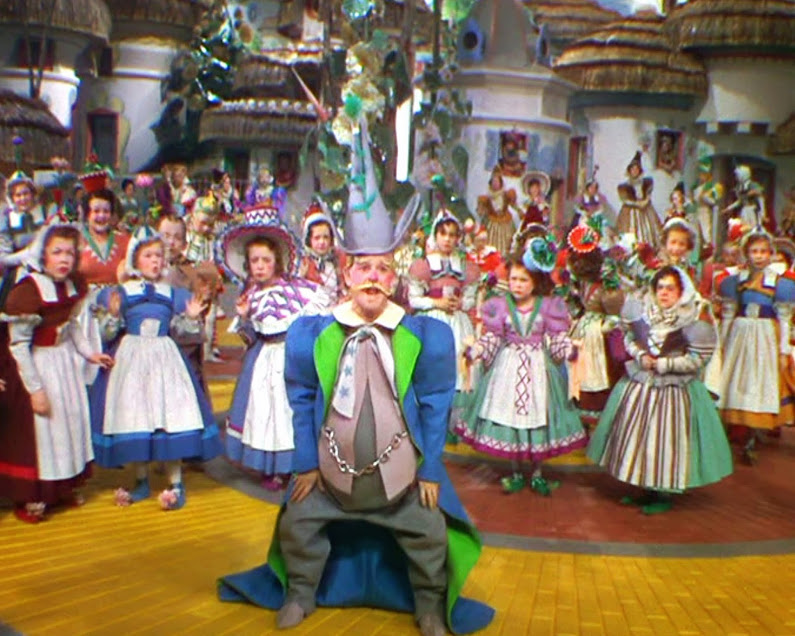
The costumes in the Emerald City of Oz were of course all green. Thus shoes, stockings, dresses, and coats were green. This gave much extra work for the Wardrobe Department since stockings, shoes, and coats were not available in green, and so these costume parts all had to be dyed, which took several days to accomplish. For the shoes, they were spray-painted, which meant the insides and the soles had to be taped off. One of the highlights of the movie was the Emerald City Beauty Shop, where Dorothy was beautified as well as the other lead characters. Here Adrian was finally able to add some fashion styling to the beauticians’ wardrobe.

The basic exterior look of the Emerald City of Oz was the result of a brainstorm of Cedric Gibbons, the Head of the Art Department, when he was discussing the problem of designing a unique look for Oz with production designer William Horning. Gibbons was looking at a German studio photo of a group of glass beakers when he had the idea to use these elements for the look of Oz. The idea was to make the beakers green and turn them upside down in a grouping. This ended up giving a unique look to Oz as seen from far away.
Frank Morgan played key roles throughout the movie. His job was very laborious as he had to be fitted for each costume and tested in a variety of make-ups, wigs and mustaches. In different make-up and costumes he played the roles of Professor Marvel, the Doorkeeper of Oz, the Guard at the gates of the Wizard’s palace, a horse-drawn wagon cabby, and of course the Wizard of Oz himself. An unbelievable yet true story surrounds the frock coat he wore as Professor Marvel. Not finding an appropriate tattered-looking coat in the Wardrobe Department, Wardrobe personnel were sent searching in a second-hand (not yet called vintage) clothes store. There they picked up a rack of appropriate-looking coats. Frank Morgan, Victor Fleming and the wardrobe man picked out one that had the right look of well-worn gentility. Later on Frank Morgan looked inside and discovered an interior label with the late L. Frank Baum’s name on it. The coat’s authenticity was later verified by Baum’s widow Maud as well as his tailor.
The heavily made-up face of Bert Lahr as the no-longer-cowardly Lion expresses the joy that this movie has given millions of people. The Wizard of Oz is a national treasure.

And The Wizard of Oz was also a musical, with music by Harold Arlen and lyrics by E.Y (Skip) Harburg. For the first time ever, a non-animated feature film would have its music “pre-scored,” that is the songs were conceived as an integral part of the script. What would The Wizard of Oz be without Over the Rainbow? Yet this song was almost eliminated from the movie, when some MGM execs doubted that anyone would go for a girl singing in a barn yard. Arlen and Harburg pleaded for the song. After some initial negative previews it was almost cut again. Arthur Freed, then an assitant to producer Mervyn Le Roy, finally threatened to quit if the song was cut. The final decision was made by Leo B. Mayer, who said it would stay.
The Wizard of Oz Actually lost about a million dollars after its initial realease in 1939, after distribution and advertising costs were added to the $2,777,000 production costs. It was first shown on television on November 3, 1956. Since then its popularity has grown and it is now the most-watched movie in the history of film. The movie made life-long celebrities of all of its main cast members. Judy Garland won a miniature Oscar for Best Performance as a juvenile performer. Oscars were also won for Best Score and Best Song (for that barnyard classic, Over the Rainbow). There was no Oscar for Adrian, as no Oscars were awarded for costume at that time, when the classic costume designers were in their prime.
One pair of Ruby Slippers have been on exhibit at the Smithsonian Museum for many years, where lines are usually formed to see them. Another pair has recently been donated to the Museum of the Academy of Motion Pictures Arts and Sciences in Los Angeles, where no doubt they will be the chief attraction. Their current value is $2,000,000.
Several excellent research resources exist on the Wizard of Oz production, including:
*Aljean Harmetz, The Making of the Wizard of Oz
*William Stillman and Jay Scarfone, The Wizard of Oz:The Official 75th Anniversary Companion
* Rhys Thomas, The Ruby Slippers of Oz
Views: 2871
